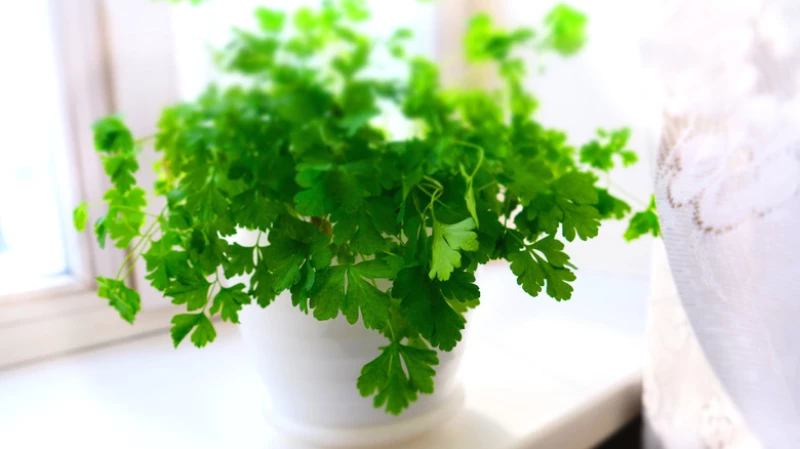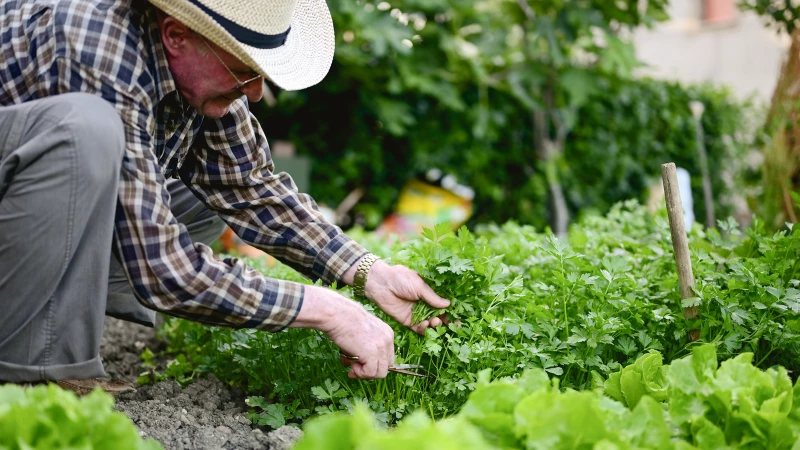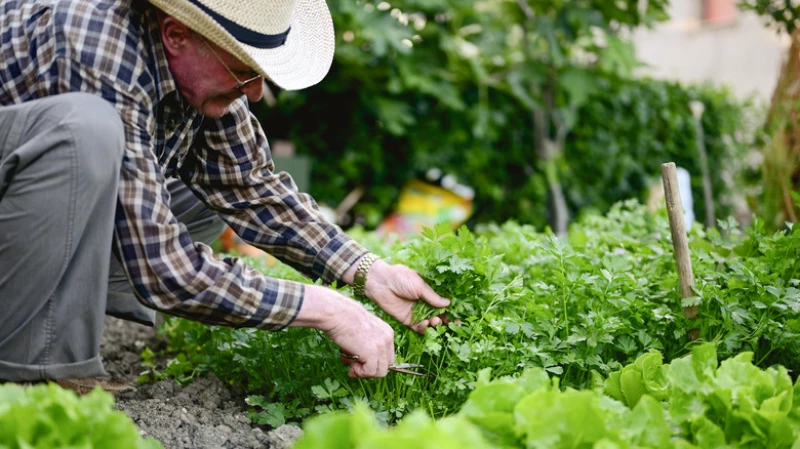How to Successfully Overwinter Your Parsley Plants
Parsley is one of the most popular cooking herbs and a staple in just about every kitchen. It's no wonder then, that people like to add the plant to their vegetable garden to keep the leaves rolling in and as fresh as possible. Unfortunately, for those who are looking to grow parsley throughout the year and even past winter, you might run into a little snag. Gardeners often make a number of mistakes when trying to overwinter their parsley plants like failing to protect the roots or leaving them out in the cold.
Parsley grows best in the spring. Although it can keep producing new leaves in the winter, it doesn't always do as well in the cold, but this can be worked around. The problem is that many amateur gardeners don't know how to make sure that the plant thrives during cold winters and this ignorance usually brings forth bitter-tasting leaves. Parsley is a biennial plant which means its life cycle lasts two years. Technically, it will still be producing leaves past its one-year mark, but after this, the plant prepares to bolt and starts producing less tasty leaves.
Place the indoor parsley directly in the sunlight
Protecting Your Parsley Plant During Winter
As the leaves of parsley become tough and bitter after the first year, it is common for gardeners to grow and care for the plant for just one season before starting anew in the spring. However, there are ways to minimize winter damage and keep your parsley plant safe during extreme weather conditions.
One option is to move the parsley plant indoors. Transplanting it into a pot with well-drained soil and placing it near a window or porch that receives ample sunlight can help protect it from freezing temperatures. Remember to use a pot with drainage holes at the bottom and provide rich soil for optimal growth.
Another approach is to add extra layers of mulch to the topsoil. Straw mulch, in particular, can help insulate the soil and prevent it from freezing. This will protect the plant's enzymatic reactions and keep the soil from becoming dry and unyielding.
Alternatively, you can cover the plants with a transparent glass or plastic dome, also known as a cloche. This will create a mini greenhouse effect and provide additional protection against the cold.
By implementing these alternative approaches, you can ensure the survival of your parsley plant during the winter months and enjoy fresh herbs year-round.
Keeping Parsley Planted Outside
If you prefer to keep your parsley planted outside, there are still measures you can take to protect it from freeze damage. Using layers of thick straw mulch can insulate the plant and prevent the soil from freezing. This will help maintain the plant's vitality and prevent stress or death.
Remember to monitor the weather and adjust your protective measures accordingly. By taking proactive steps to care for your parsley plant during the winter, you can ensure its health and longevity.

Adding a layer of mulch to the topsoil can provide an extra level of protection for plant roots, preventing them from losing too much moisture. Another option is to use cloches, which act like mini-greenhouses and help retain warmth while also offering protection against winter elements such as wind and frost. It's important to note that parsley may not produce leaves as quickly in colder weather compared to warmer seasons, so it's a good idea to start a new plant once it begins to bolt.








